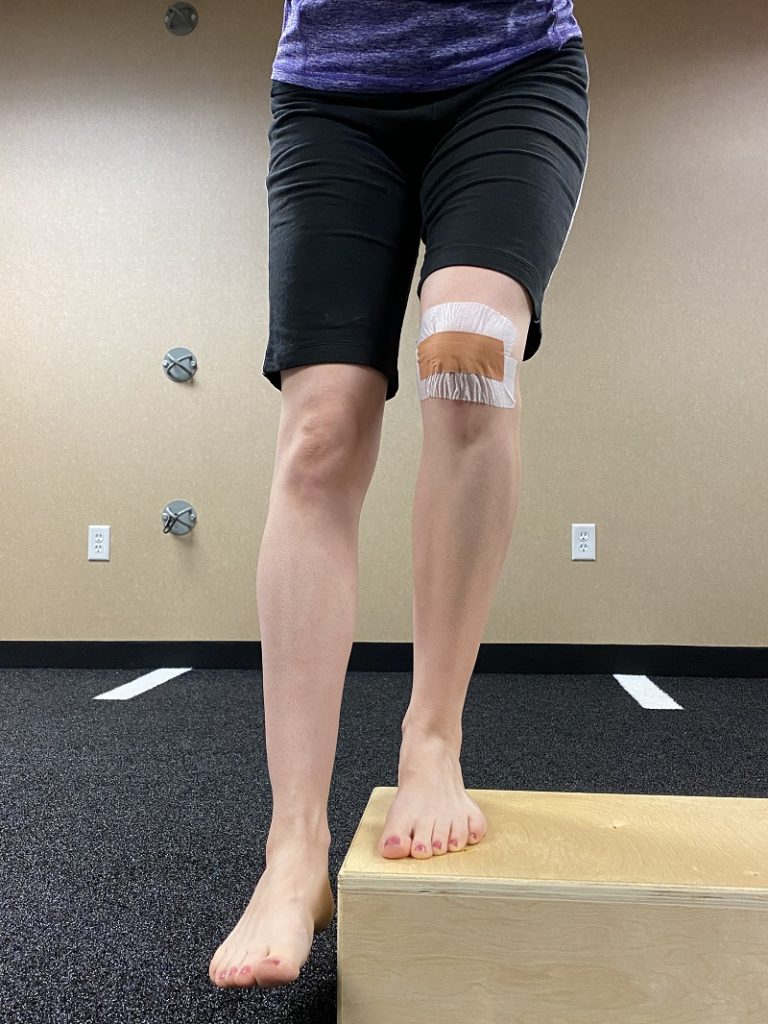Manual therapy is performed to manage musculoskeletal pain, improve mobility, and help restore function. Depending on how you present, the therapist will pick the best form of manual therapy to perform. This passive therapy technique is an integral part of the rehabilitation process.
Soft Tissue Mobilization
Soft tissue techniques can help improve tissue extensibility, increase blood flow, decrease muscle spasm, and allow for better range of motion.
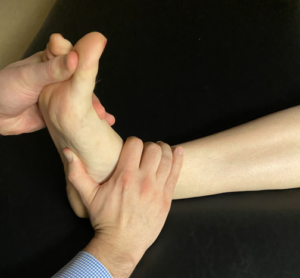
Joint Mobilization
Joint mobilizations help reduce pain and inflammation by inhibiting the pain messages sent by the central nervous system.
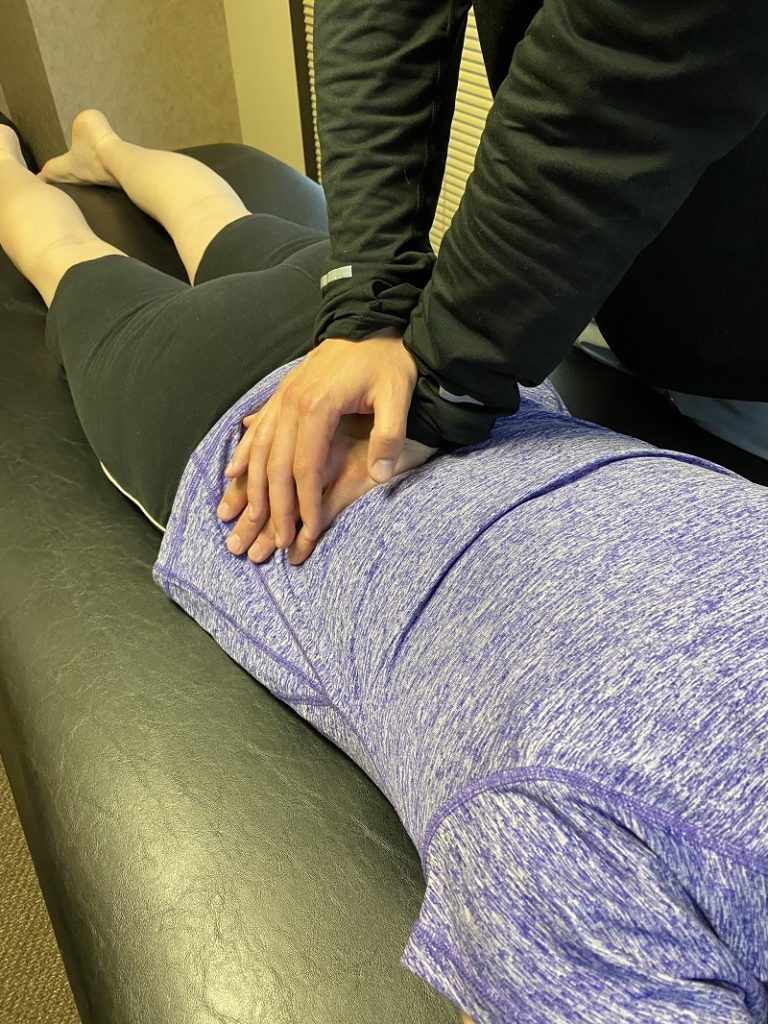
IASTM
Instrument assisted soft tissue mobilization or sometimes called “scraping” is used to stimulate mechanoreceptors and break down tissue restrictions caused from periods of immobilization. Mechanoreceptor stimulation causes the central nervous system to relax and decrease muscle tone and pain. With controlled microtrauma through the tool, IASTM stimulates a localized inflammatory response, causes a reabsorption of adhesions, and leads to soft tissue structure healing by reorganization of collagen fibers. This technique can lead to an immediate increase in range of motion and decrease in muscle restriction or spasm.
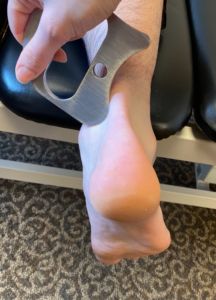
Suction Cup Assisted Soft Tissue Mobilization
The use of suction cups lifts the underlying tissues to improve blood flow, nutrient exchange, create a neurophysiological response to decrease pain, improve scar mobility, and decrease muscle spasms. This can help accelerate healing and improve movement quality. It is often used for soft tissue contractures, scar adhesions, post-surgical recovery, muscle and movement imbalances, tendinopathy, postural issues, pain, and trigger points.
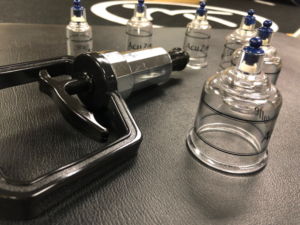
Neurofascial Release with Mobility Band
This modality is used to improve joint mobility, reduce soft tissue tightness, and improves overall range of motion and movement quality. The range of motion benefits is usually accompanied with a decrease in pain. The band works by creating what is called a compression distraction. Compressing a joint with the band actually creates a distraction force within the joint itself. This allows us to be more effective at improving joint mobility. The band also improves the muscle gliding system. We can compress muscle groups and work through ranges of motion. By doing this, it can break up any adhesions in the fascia. Last and not least, the band also causes ischemic compression. By wrapping the band tight around a limb, that joint and muscles are temporarily restricted of blood flow. When the band is taken off, new blood rushes into the area to help carry in new nutrients and assist with healing.

Rock tape / Kinesio Tape
Kinesio Tape is a skin-like material that mimics the same movement as skin. The tape provides a slight uplift of the skin allowing for inflammation and swelling to be removed at a faster rate. Having the tape on your skin also increases the body’s proprioception. Proprioception is how your brain recognizes that body part. Tape is used in conjunction with neuromuscular re-education and restorative exercise to help improve overall function and movement.
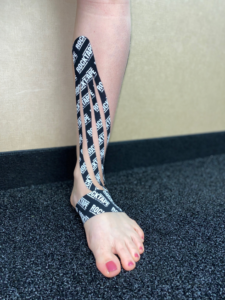
Leukotape
This tape is a medical grade tape that has high tensile strength. This tape will stay in place for hours and usually days, even if the person wearing the tape is extremely active. This tape is commonly used for the foot/ankle, knee, and shoulder. Since the tape is so strong, it can be used to slightly alter biomechanics of muscles, joints, and tendons. With the assistance of the tape, the body can re-learn the proper way to move or protect certain structures. This tape is so strong it has to be used in conjunction with a cover roll tape to protect the skin.
